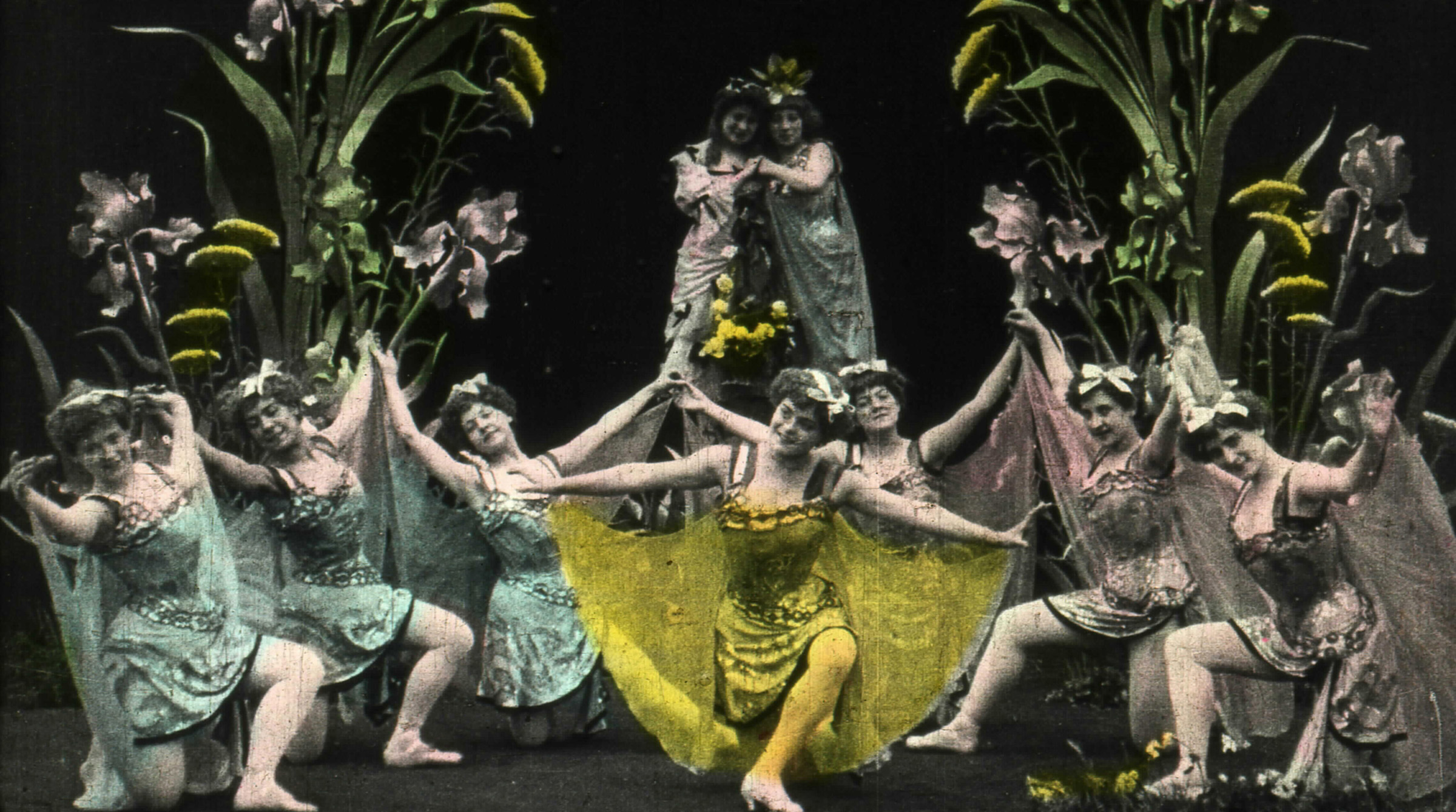A roadshow engagement of Around the World in 80 Days in 1957 at San Francisco’s Coronet Theatre opened with newscaster Edward R. Murrow introducing Georges Méliès’s A Trip to the Moon. My parents took me. I was just a kid, but I’ve been hooked on silents ever since. Back then the most I could do was read about them or marvel over images of the films of Méliès, Lon Chaney, F.W. Murnau, Victor Sjöström, Tod Browning, Paul Leni, Winsor McCay, Lotte Reiniger, the Fleischer brothers, and many others in Forrest J. Ackerman’s Famous Monsters of Filmland. Since those days San Francisco has become a virtual utopia of cinema and one of the few cities in this country to host its own annual silent film festival.
When I think back on my favorite silent movie experiences they become too numerous to list. The San Francisco Silent Film Festival alone has showcased more of our recovered silent film heritage than we ever even imagined existed. Being a lover of short films in particular, I have been part of the SFSFF audience for many special moments—more than a thousand people laughing as Laurel and Hardy orchestrate the greatest pie fight ever staged in the long-lost climax to Battle of the Century, or gasping in awe at the hand-colored trick films of cinema magicians Méliès and Segundo de Chómon. I make it a point to never miss the Amazing Tales morning program, with oddities brought from around the world by archivists who tell of their detective work in tracking down these repossessed gems.
Speaking of cinema magicians, any time Serge Bromberg, from the France-based Lobster Films, comes onstage the audience is in for a special treat. His enthusiasm, knowledge, and showmanship dazzle with an always surprising piece of film history, often accompanying it on piano himself. He’s famous for demonstrating the flammability of nitrate film, and once I even held the film can as he set the celluloid alight. However, my fondest memory of Serge may be when he interacted with the animated Gertie the Dinosaur on the screen, just as creator Winsor McCay had done in 1914.
All of these are great memories, but there is one that is hard to top. In 1975, I was lucky enough to have seen the Avenue Theater’s screening of an early version of the Kevin Brownlow restoration of Abel Gance’s Napoleon, copresented by the Pacific Film Archive. Two 35mm projectors supplemented the two already in the booth and two side screens were added for the triptych climax, which probably had not been seen in the U.S. since the film’s 1927 premiere. Robert Vaughn brought Napoleon to life on the Wurlitzer organ, pulling out all the stops for a full orchestra sound plus sound effects for the five-hour duration.
In 1979 the director himself along with tireless Napoleon champion Kevin Brownlow brought the film to the Telluride Film Festival, where it showed in Polyvision at an especially constructed outdoor theater to this day named the Abel Gance Open Air Cinema. Mountain-high Telluride gets cold at night, and the ninety-year-old Gance eventually had to go inside but continued watching from his second floor hotel room across the street. When the triptych unfurled at 3 a.m., there was a burst of applause amid all the gasps.
Then in 1981, under the guidance of Francis Ford Coppola and Tom Luddy, a re-edited version of Brownlow’s reconstruction of Napoleon came to San Francisco, and I was there again, with the San Francisco Symphony performing Carmine Coppola’s score at the Opera House.
But leave it to the San Francisco Silent Film Festival to bring Napoleon full circle. In March 2012 in what is likely the last time Brownlow’s complete restoration will screen in the United States, SFSFF put on four shows in Oakland. Friends from all parts of the globe converged in the spectacular lobby of the Paramount Theatre, anticipating the spectacle. Carl Davis’s score combined classical music, folk songs, La Marseillaise, and his own compositions played by the forty-six-piece Oakland East Bay Symphony, respecting the history while also connecting with today’s audience. Never has the film been so compelling. SFSFF really excels at showmanship and for Napoleon it was on full display. The left and right screens were hidden behind curtains until the very moment they were needed. Then they drew back and suddenly the audience was immersed in Gance’s exciting finale. Every time I think about it I want to jump to my feet again for the much deserved standing ovation.
Bravo.
GARY MEYER is a founder of Landmark Cinemas as well as the online magazine EatDrinkFilms covering Bay Area entertainment culture since 2014.

